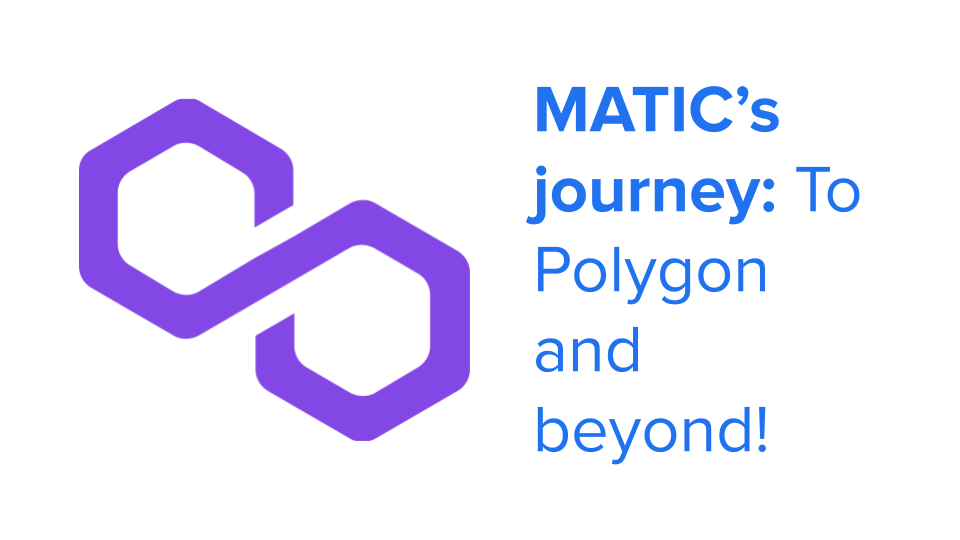A little less than a year ago, we listed Polygon (then called Matic) on ZebPay. In the first 24 hours following its launch, it was #2 in trade volume, beating all but Bitcoin in volume that day. The Polygon Network has had a highlight-filled journey in the past one year. Most recently, the MATIC token entered the list of top 20 cryptocurrencies worldwide by market cap, making its co-founders India’s first crypto billionaires. We say there’s plenty more to come!
I have a personal connection with MATIC, too – it was the first coin launch I worked on at ZebPay.
But what makes MATIC so special?
The Scalability Problem
Scalability is one of blockchain’s central problems. Any blockchain solution can process a handful of transactions at a time fairly efficiently. However, to build a solution that maintains this same level of efficiency at a global scale is a difficult task.
Ethereum is currently our best solution, offering reasonable efficiency and the largest-scale blockchain network. Today, the Ethereum network can process about 13 transactions per second, which translates to 5 lakh transactions every day.
With this said, it is clear that Ethereum’s current setup is not a sustainable long-term solution. Transactions take a long time to clear and paying for every basic function is expensive and creates a poor user experience. For context, Visa’s centralised payment network can process up to 50 million transactions per day.
Upgrades like EIP-1559 do offer improvements, but the network still suffers from a lack of scalability.
Polygon’s Solution
When Matic first launched in 2017, its goal was comparatively modest in its scope. The initial objective was to build a platform which developers would find easy to build on, by improving Ethereum’s architecture.
The solution was to move the load of processing transactions to a sidechain. The project ensured security by deploying their Plasma framework, and a decentralised network of Proof-of-Stake validators. Matic’s performance speaks for itself:
- Onboarded 80+ applications
- Powered ~7M+ transactions for ~200k user addresses
- Secured $75M+ of users’ funds
- Awarded $1M+ to developers
In February 2021, the project announced it would be rebranding to Polygon. The rebrand came with an increase in project scope. Polygon was to become Ethereum’s Internet of Blockchains, building on its existing solutions to offer:
Of this, one improvement is already live of the proposed improvements is already live. Polygon SDK is a modular and extensible framework for building Ethereum-compatible blockchain networks, written in Golang.
It’s MATIC, it’s MATIC!
Through all these evolutions, the role of $MATIC has remained constant – securing the system and enabling governance. Indeed, its role has expanded, a fact made clear by the rise in its price. Many crypto experts believed MATIC had been undervalued for a long time, considering the important value and function it provides at virtually no cost.
With co-founder Sandeep Nailway making the headlines with the Crypto Relief Fund, and investments to partner with Mark Cuban’s Lazy.com NFT marketplace – the sky may just be the beginning for MATIC.


